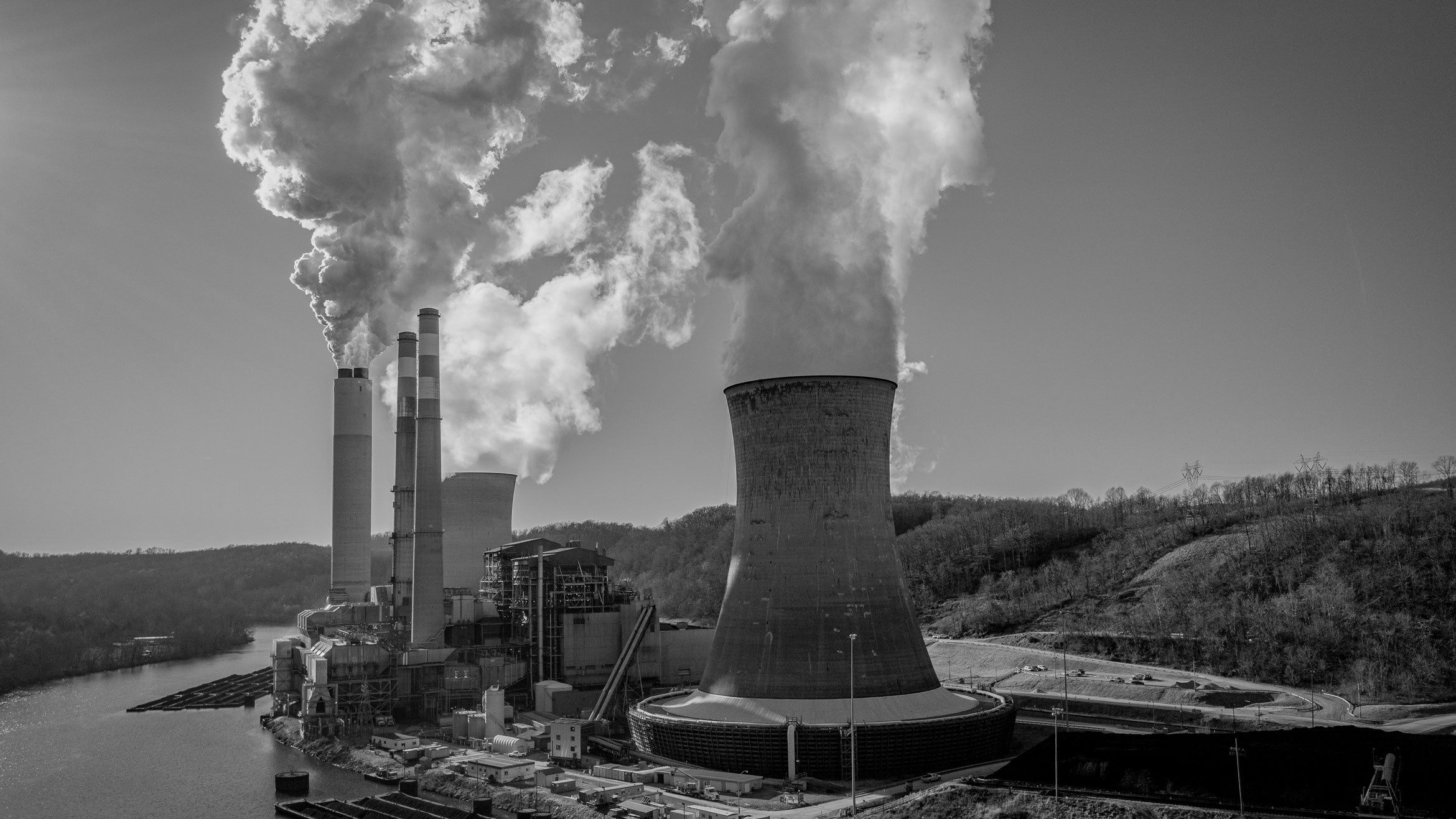
‘Promoting Discovery and Developing Solutions’
UC Santa Barbara geographer Dar Roberts has been named a fellow of the American Geophysical Union (AGU). He is among 60 new fellows acknowledged for “their remarkable contributions to their research fields, exceptional knowledge and visionary leadership.”
Roberts was cited for developing spectral mixing models and driving pixel-based interpretations of remote sensing data to solve environmental problems. He is best known for the development of Multiple Endmember Spectral Mixture Analysis (MESMA), which has been widely used to map impervious surface areas in urban regions and plant species in anthropo-
genic and natural environments and snow-covered areas; grain size and sediment concentrations in rivers; and kelp in the coastal environment. MESMA has also been used to estimate fire temperatures, area and severity.
“Given the kind of research I do, I wasn’t expecting this to happen,” said Roberts, a professor in the Department of Geography. “I was excited when I found out that I had been named an AGU fellow. It’s quite an honor.”
“What a tribute to Dar Roberts’ accomplishments,” said Pierre Wiltzius, executive dean of the College of Letters & Science. “Only 0.1 percent of AGU membership receives this recognition in any given year, which puts him in a highly distinguished peer group.”
Roberts directs the Visualization and Image Processing for Environmental Research (VIPER) Lab, which focuses on a strong physics-based analysis of remote sensing data. Specialties include remote sensing of wildfire fuels and fire danger, land-use/land-cover change analysis in the Amazon, mapping vegetation species and plant functional types using imaging spectrometry, methane mapping using AVIRIS (Airborne Visible/Infrared Imaging Spectrometer) and most recently working with Lidar, an acronym of light imaging, detection and ranging originally created as a portmanteau of “light” and “radar.”
Roberts earned his bachelor’s degree in environmental biology and geology from UC Santa Barbara in 1982 and joined the faculty in 1994. He completed a master’s degree in applied earth sciences at Stanford University and his doctorate in geological sciences at the University of Washington. As the UC Santa Barbara principal investigator of the Southern California Wildfire Hazard Center, he leads the group in using remote sensing to develop wildfire fuels maps and map fuel moisture.
Roberts is the author of more than 175 refereed publications, 15 books or book chapters and 100 abstracts and nonrefereed articles. In addition to the AGU, he holds memberships in the Institute of Electrical and Electronics Engineers, the Ecological Society of America, the Association of American Geographers and the American Society for Photogrammetry and Remote Sensing.
“Although AGU fellows represent the many diverse sciences of AGU members and come from different career backgrounds, they’ve each played a leading role in promoting discovery and developing solutions for a sustainable future for Earth,” said AGU President Margaret Leinen. “We’re pleased to recognize the newest class of fellows for their significant and lasting contributions to Earth and space sciences.”
The 2016 AGU fellows will be honored at the organization’s annual meeting in San Francisco in December.



